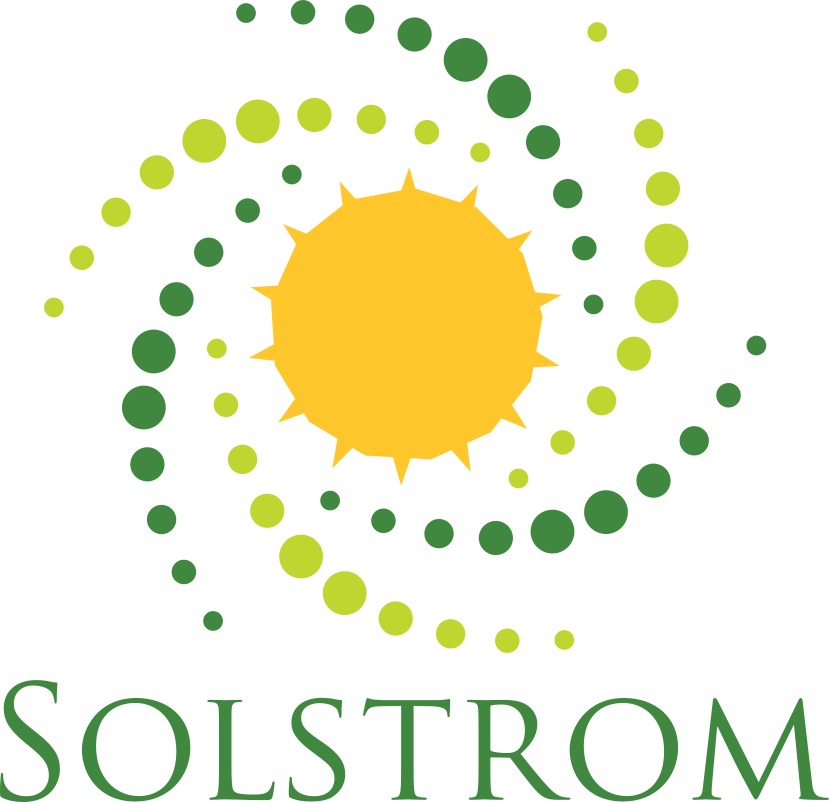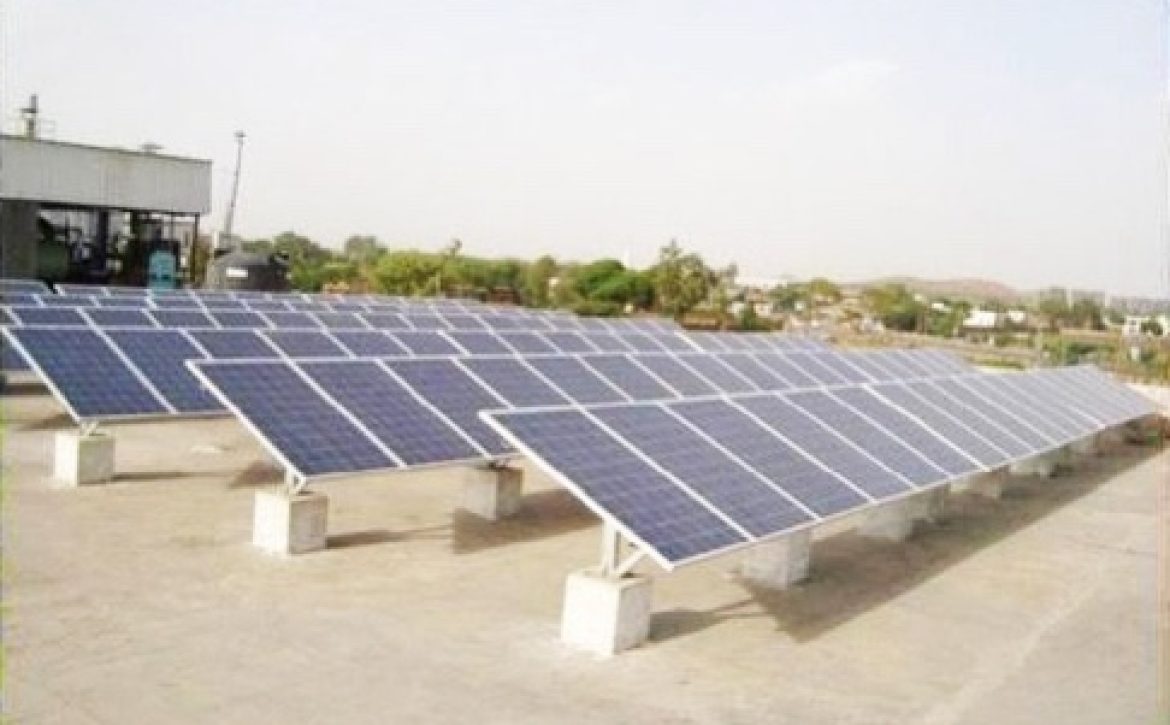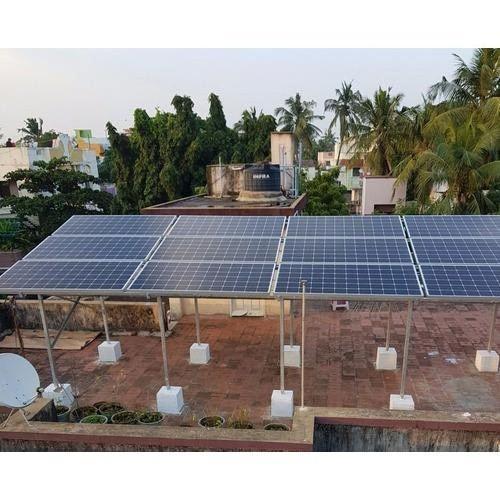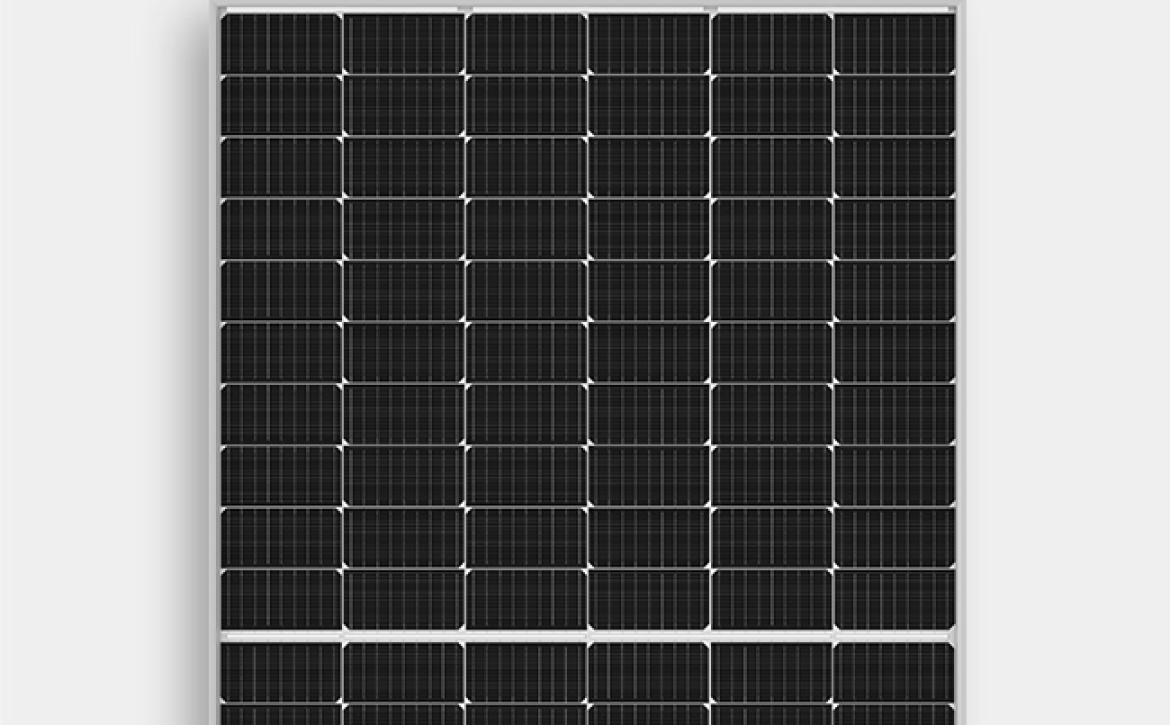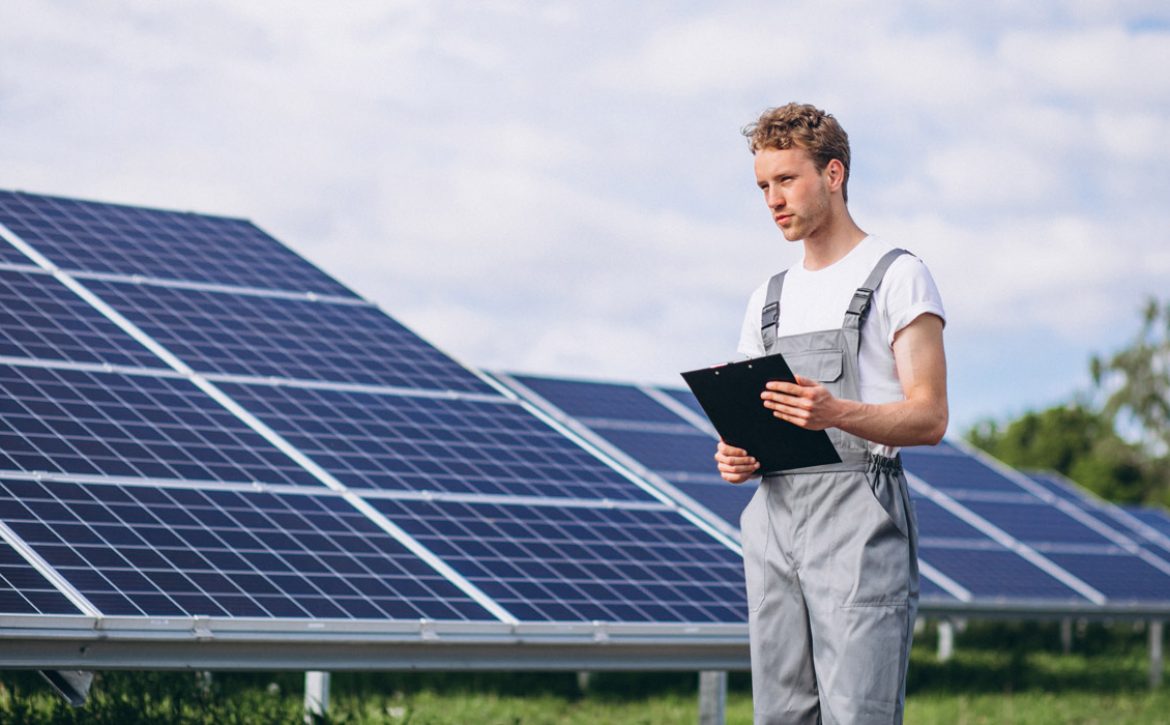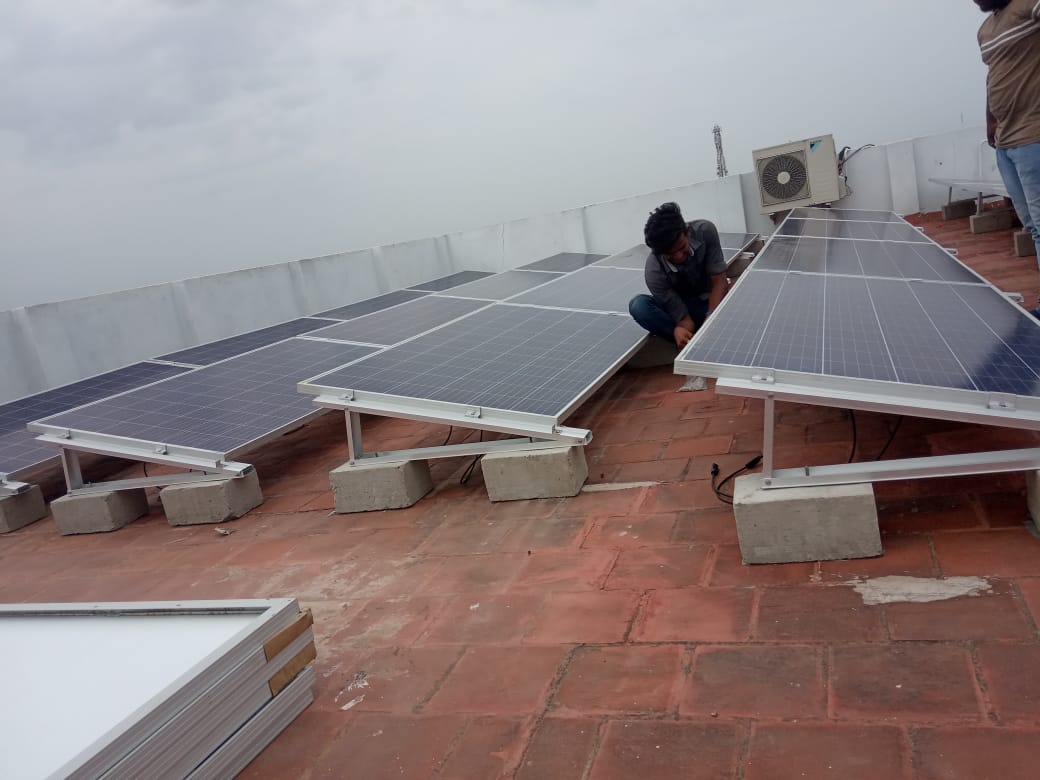GST Rates & HSN Codes for Solar Rooftop Products

GST Rates and HSN Codes for Solar Rooftop Products in India
HSN (Harmonized System Nomenclature) Number and SAC (Services Accounting Code) Number got its place as a new column in invoices for Solar Equipment after the implementation of the GST. Yes, it is mandatory to give a column in invoices for HSN/ SAC. Confused? Here’s an attempt to make it simpler for you.
Solar energy has been emerging as a progressive and effective power generation alternative for residential, commercial, industrial use. Government policies have so far have remained favorable, and this had an advantage for the solar industry to have a 3-fold increment on Year-on-Year basis. The GST rate for the material used for equipment stood at 5% and it was making a smooth progress. Customers were understanding the need and have been inclined to buy such solar solutions that help them reduce their dependence on grid power.
But now as per government’s new norms, from October 01, the GST rate will be 12%, due to which the price of solar power equipment will increase by 7% – 10 %.
What has HSN and SAC got to do with the GST?
We all know that GST is Goods and Service Tax. Which means the tax on Goods or Services or Both. HSN number is used to classify the Goods that come under GST into “22 sections and 99 chapters”. SAC codes are similar to HSN codes and have been used since before implementation of GST.
Why HSN and SAC?
GST is followed in around 160 countries out of 196. Globally, most of them follow similar HSN/ SAC codes with a very slight difference between one another. This helps in attracting foreign trade as (import or export) by easing the taxations.
How is HSN code classified?
It has 21 sections with 99 chapters, 1,244 headings and 5,224 subheadings. They are arranged based on the product degree of manufacture or in terms of its technological complexity. The natural products that include plants and animals come under the initial sections. While the man-made or technologically advanced products that include machinery come later.
The HS comprises approximately 5,300 article/product descriptions that appear as headings and subheadings, arranged in 99 chapters, grouped in 21 sections. The six digits can be broken down into three parts. The first two digits represent the chapter the goods are classified in, e.g. 09 = Coffee, Tea, Maté and Spices. The next two digits identify groupings within that chapter, e.g. 09.02 = Tea, whether or not flavoured. The final two digits are even more specific, e.g. 09.02.10 Green tea (not fermented). All countries classify products in the same way, upto 6 digits filtering (a few exceptions exist where some countries apply old versions of the HS).
Every section is a collection of various chapters. The sections represent broader classification of goods and chapters represent a smaller section that filters down to particular product section.
In order to identify the goods better, India and some of the countries use this 8 digit code for a more specific classification. Some of the HSN codes use dashes in the beginning of description which denotes an article that belongs to a group covered under a heading. A double dash indicates that the article is sub-classification of the preceding article that has a single dash. And triple dash indicates that the article is a sub classification of the preceding article that has a double dash or triple dash.
SAC code in GST
SAC and HSN are the similar codes under GST. In case of services, for each type of service provided is given a unified code for recognition, measurement and taxation. These are known as SAC codes. In the current service tax regime, SAC codes are already defined for each type of service.
- The small dealers under composition scheme will not require to mention SAC codes in their invoices. The codes will be mentioned in invoice and in the GST tax return details which will be uploaded on the GST portal.
- The small business under composition scheme will not be required to mention SAC codes in their invoice.
Services will continue to be classified under Services Accounting Code (SAC) which is issued by the government for service tax. This is expected to remain in GST regime.
How it affects Solar Industry?
Though our Honourable Prime Minister Mr. Narendra Modi has announced in his speech that all Renewable energy equipments will be taxed 5% GST, traders are confused as there have been no written statements or Orders passed yet which has stalled the market since a week.
As per our understanding, HSN Numbers and GST % are as follows:
This May we had published a preliminary guide on expected GST rates for the rooftop solar industry. Now that the dust has settled, the final rates are clear. Below information serves as a ready reference for the GST rates
applicable along with relevant HSN codes for the solar industry in India:
| Item | HSN/SAC Code | GST Rate Applicable |
| Battery | 8507 | 28% |
| Solar Module | 8541 | 5% |
| Charge Controller | 8504 | 28% |
| LED Lights | 9405 | 12% |
| Solar Lantern with Modules | 85 (4/6 digit code awaited) | 12% |
| Solar Power Generating Systems | 85 (4/6 digit code awaited) | 12% |
| Solar Inverter | 8504 | 12% |
| Data Loggers | 8517 | 18% |
| GI Mounting Structure | 7308 | 18% |
| Al Mounting Structure | 7610 | 18% |
| Cables | 8544 | 18% |
| Solar Water Heater & System | 8419 | 12% |
| Erection, Installation & Comissioning Services | 9954 | 18% |
*The GST rate applicable on solar inverters is still under debate with some vendors invoicing at 5% GST and others at 28%.
In addition to this, the rates applicable on the various components required in the assembly of solar panels are below:
| Item | HSN Code | GST Rate Applicable |
| Tempered Glass | 7007 | 28% |
| EVA Backsheets | 3921 | 18% |
| Aluminium Frame | 7604 | 18% |
| Junction Box | 8536 | 28% |
| Solar Cells | 8541 | 12% |
| Solar PV Ribbon | 7409 | 18% |

